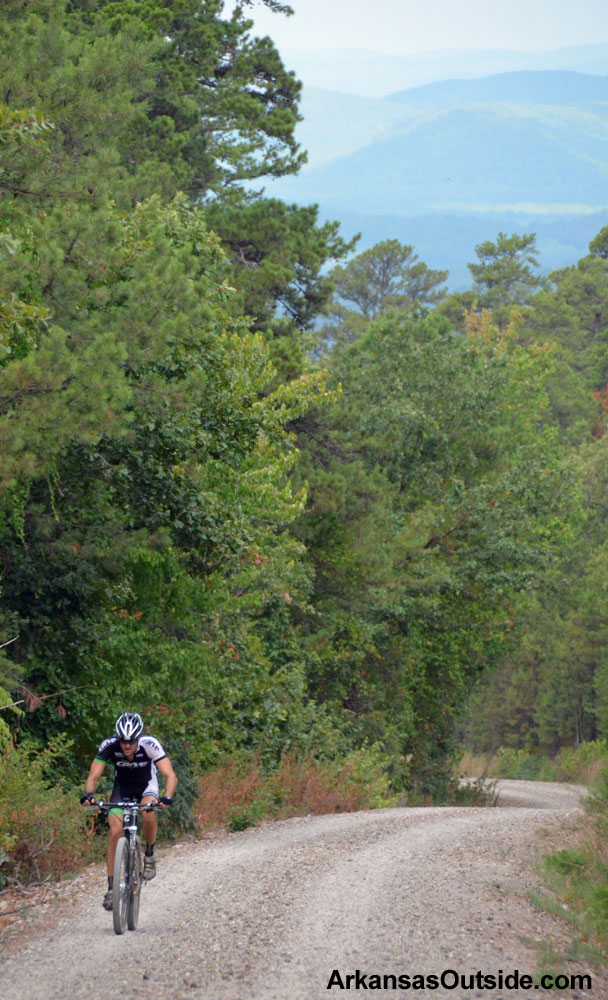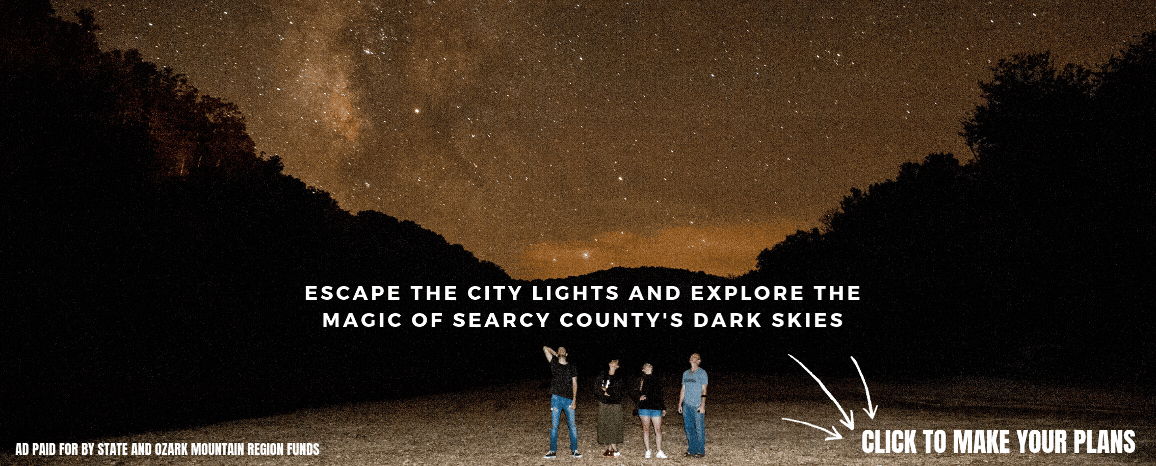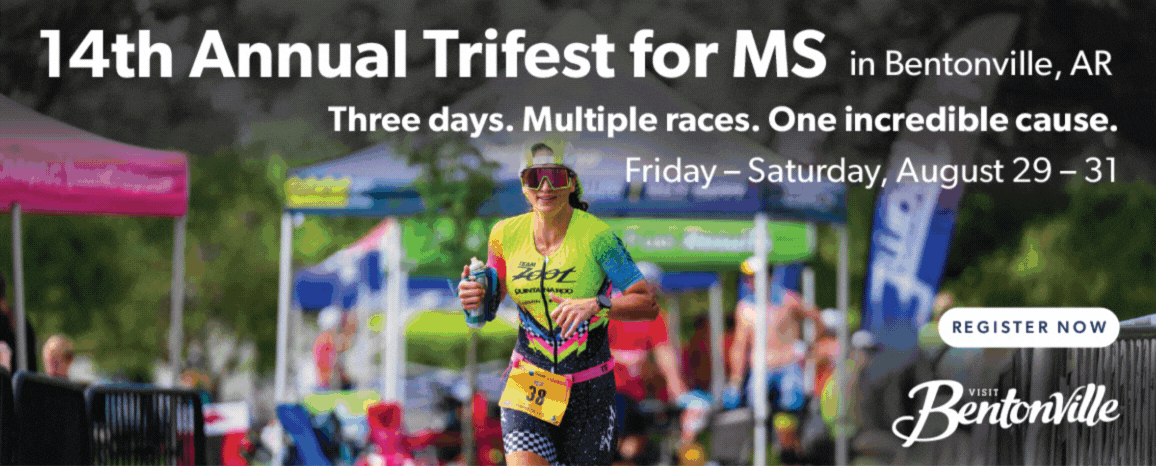A couple of weeks ago I attended a meeting of a group of very serious mountain bikers at the Oyster Bar in Little Rock. This group of local riders came from various bike teams and shop teams. These guys go out and compete against each other weekend after weekend in local races like the Arkansas Mountain Bike Championship Series, the Arkansas Mountain Bike Marathon Series plus most of them challenge each other in road cycling events, cyclocross, and other venues. At this meeting they had one purpose, sharing notes on nutrition and training in preparation of competing in the August 11, 2012, Leadville 100 mountain bike race in Leadville, Colorado.
The Leadville 100 website says this about the race:
This is it. The race of all races. One hundred miles across the high-altitude, extreme terrain of the Colorado Rockies. Created for only the most determined athletes. Starting at 10,152 feet and climbing to 12,424 feet, you’ll be challenged to catch your breath — while the views try to take it away.
Obviously not something to jump into without properly preparing. Scott Penrod of Team CARVE led the meeting and encouraged others to share their experiences and ideas on training and nutrition. Most competitive talk was limited to going after goal times and not necessarily beating each other although knowing most of these folks, the gloves will come off on the course and that could work for or against them. Scott had set up several “Death Rides” leading up to the race that gave those assembled a chance to train together. I decided I wanted to see a bit more of the Death Rides so I volunteered to drive the SAG wagon (follow the riders with extra nutrition, bike parts, water, and a way out if it wasn’t going well). These rides are happening out in the Ouachita National Forest taking various routes starting at the Lake Sylvia Recreation Area. It’s an unbelievably beautiful and rugged area just half an hour west of Little Rock.

Only two riders, Scott Penrod and Robert Mooney showed up for the one I was helping with, it was a weekday morning and some racers had to be at jobs. It was okay since this was my first attempt at running SAG and I was comfortable with the small field. Although some training rides were held on weekends they didn’t want to conflict with weekend races. The show must go on.

Scott answered a few questions for me:
Arkansas Outside: How many group rides (Death rides) are there and what lengths are they?
Scott Penrod: So far we’ve had 4 Death Race’s (DR) with one more to go. The Longest was #3 on July 4th which was 81 miles with approximately 7300ft of climbing. DR #1 was about 60 miles and DR #2 and 4 were approximately 70 miles. One thing a lot of people don’t think about is that sometimes a route with less climbing actually requires you to pedal more constantly. In other words, if you go up a hill and then back down many times you’ll end up coasting down the other side, not pedaling much of the time. I’ve really been working on applying power to the pedals for as much of my training rides as possible. For every hour I’m on the bike I attempt to pedal the entire hour. The goal is to expose myself to as much training stimulus as possible for a given period of time.
AO: Is there anything that you know of that local racers are doing to prepare for altitude?
SP: For those of us who live in Arkansas, we just have to accept that our performance will be compromised at altitude. With that said, Colorado doesn’t have the heat and humidity that we have and even though it’s not exactly the same, our conditions have a similar negative effect on athletic performance. (Robert Mooney told me that at race start last year the temperature was below 30° F – AO) Several of us are departing Arkansas very early with intentions of “acclimating” as much as possible prior to the race. General consensus says two weeks is the minimum for any real benefit. I was offered rental of an “altitude tent” a while back and really think that’s just a bit too much for my level of performance. Several of us are working with a Coach as well. I know James Gaston is using a Carmichael Coach and I am a client of Ben Stone, who owns Sigma Human Performance. The bottom line is that consistent training demands and recovery have worked very well for most of us and even last year, we saw a couple of Arkansans arrive the day prior to the race and perform quite well.
AO: How many Leadville 100’s have you done?
SP: This will be my third Leadville 100. The Leadville Organization considers this a 12-hour race and will record official finishes for any time under 13 hours. If you finish in under 12 hours you get a cool belt buckle. If you finish in under 9 hours, you get a larger/cooler belt buckle. Typically, about 70% of the field finish under 12 hours and 10% finish under 9 hours. In 2008 I had a finish time of 10:40 which was pretty much what I expected. I started working with Sigma in early 2010 and finished that year in 9:07 which was a little heart-breaking but a great improvement over my previous effort. This year I’m going out for the “Big Buckle” which is a finish time under 9 hours.
AO: What ways do racers get into the race?
SP: There are multiple ways to gain race entry and most get in via the “lottery”. Basically, you send in an electronic application/request with $15.00 and then hope for the best. The lottery opens around Thanksgiving and notifications are sent via e-mail sometime at the end of February. If you volunteer at the event your application moves into another group of applicants which increases your chances of being selected. I volunteered at the Twin Lakes Checkpoint last year and believe that it helped my odds for entry but it also gave me a different perspective on the race. I highly recommend going out to volunteer as part of your Leadville experience.
Other ways to gain entry are through attending one of the numerous training camps, signing up with a sponsoring coaching organization, and also corporate entry. Basically, if you or your company sponsor the event, you may have a leg up on gaining entry. If you win the Tour De France, you have an automatic entry in the event as well. The newest mode of gaining race entry is to race a qualifying event which is part of the “Leadville Qualifier Series”. This series consists of numerous races throughout the country that have been approved by the Leadville organizers as qualifying events. Typically, a top 10 finish in your age group will get you an entry into the Big Race. Two of Arkansas’ very own, (Richard Machycek and Robert Mooney) both qualified in this manner at the Austin Rattler back in April.

Arkansas Outside will be going to Leadville 100 under a media pass (not racing, ha!). So watch for more articles about the race and the scene in Leadville. I wish all the Arkansans heading out to Colorado for the race good luck. Of course, luck has little to do with it.






